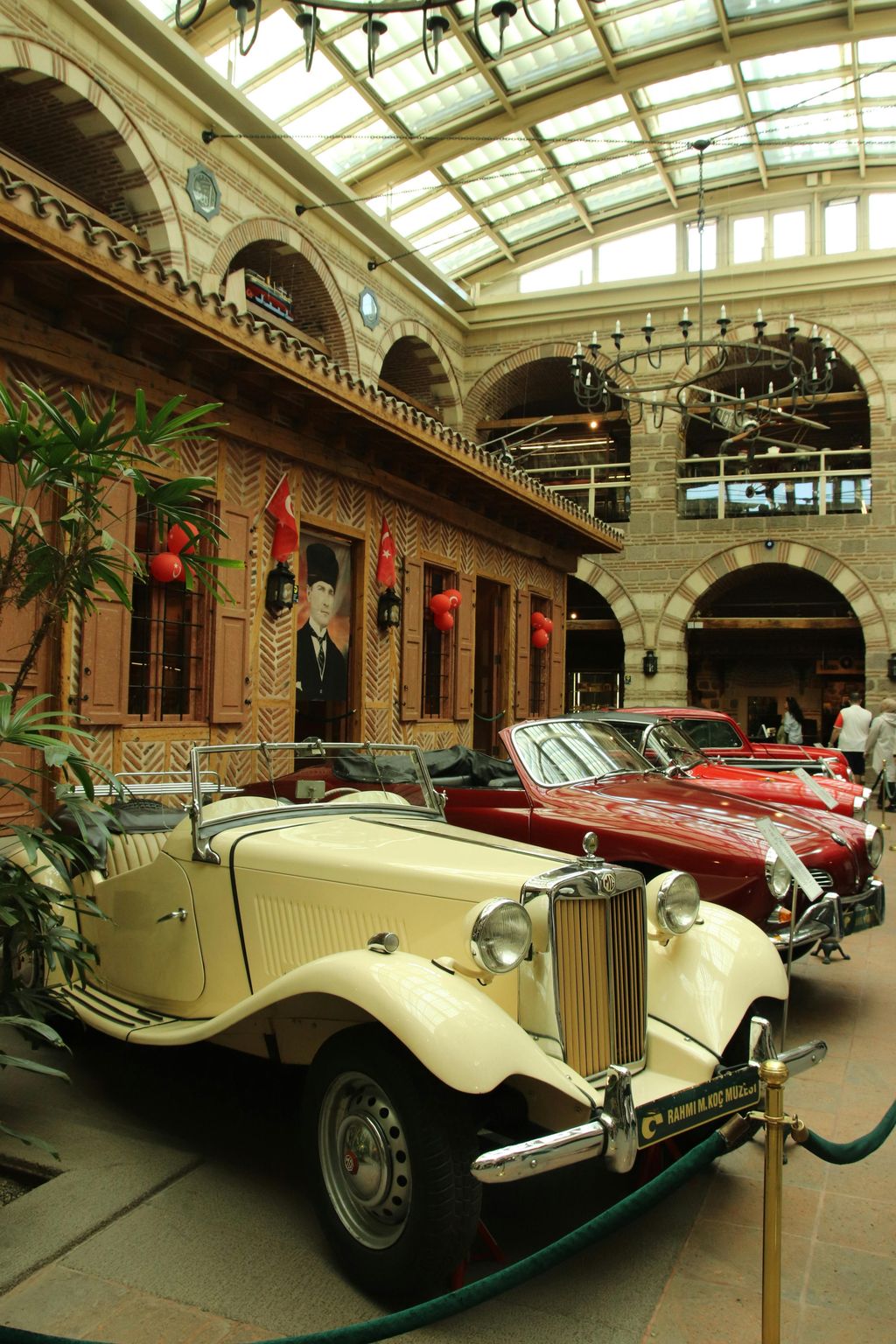
The world, in its vast and often overlooked corners, is a repository of stories waiting to be unearthed, especially when it comes to the tangible echoes of our past. Hidden amidst the sprawling landscapes of California and the historic industrial heartlands of England, a unique kind of treasure lies dormant: collections of vintage vehicles, each a silent narrator of history, innovation, and sometimes, cinematic magic. These aren’t merely forgotten machines; they are robust testaments to eras gone by, their original purposes now intertwined with new narratives of preservation and discovery.
Imagine wandering into an abandoned industrial structure, its towering silhouette framed against the vast countryside, only to find it teeming with relics that once powered nations, built monuments, or graced the silver screen. These “abandoned-looking mills” and their sprawling lots serve as unexpected custodians, harboring an eclectic mix of trucks, buses, and cars that defy their current state of disrepair with profound historical and cultural weight. Each vehicle, from the earliest military transports to the most recognizable film props, offers a distinct window into the human journey, showcasing ingenuity, adaptability, and the enduring power of design.
For those captivated by the intricate tapestry of transportation history, the allure of finding “movie-worthy” trucks and vehicles in such environments is irresistible. These collections invite us to step back in time, to witness the evolution of engineering, and to appreciate the aesthetic appeal of designs that have shaped our world. Join us now as we embark on an immersive exploration of twelve such extraordinary finds, starting our captivating journey in the sun-drenched, rugged terrain of Southern California, where the Motor Transport Museum holds some of its most compelling secrets.

1. **The Motor Transport Museum: A Treasure Trove in Campo, California**: Our expedition into the heart of automotive antiquity commences in Campo, California, a rural outpost approximately sixty miles east of San Diego, where the unassuming facade of the Campo Feldspar Mill conceals an astonishing collection. Built in 1925, this mill once held the distinction of being the largest feldspar processing facility in the country, producing essential materials for everything from porcelain toilets to spark plugs. Today, its towering 100-foot centerpiece, surrounded by what appear to be endless rows of weathered vehicles, has been repurposed into the extraordinary Motor Transport Museum. From the highway, one could easily mistake it for a sprawling junkyard, yet within its bounds lies a profound commitment to history.
Stepping onto the museum grounds is akin to traversing a portal through time, an immersive experience where the past is palpable in every rusted panel and flat tire. The museum, predominantly open-air, safeguards over 200 vintage vehicles, encompassing trucks, buses, RVs, and cars, many of which date back a century or more. These magnificent machines exist in various stages of preservation, or more accurately, disrepair, creating an authentic tableau of their long, hardworking lives. Visitors are often cautioned by volunteers like Bill, who endearingly refers to it as the “rusty truck museum,” to watch their step due to sharp edges and protruding rusty nails – hazards that underscore the raw, uncurated authenticity of the collection.
Since its establishment in 1986 by Carl Calvert, a dedicated Campo resident and vintage truck collector who passed away in 2018, the Motor Transport Museum has steadily grown its inventory through generous donations and strategic purchases. Operated as a non-profit, with free admission that encourages donations, its core mission is the preservation and eventual restoration of an otherwise forgotten chapter of American transportation history. Despite the prevalence of cracked or missing windshields, caved-in roofs, and even weeds flourishing where engines should be, a stroll through these grounds offers an unparalleled journey, providing a unique sense of having “died and gone to vintage truck heaven.”
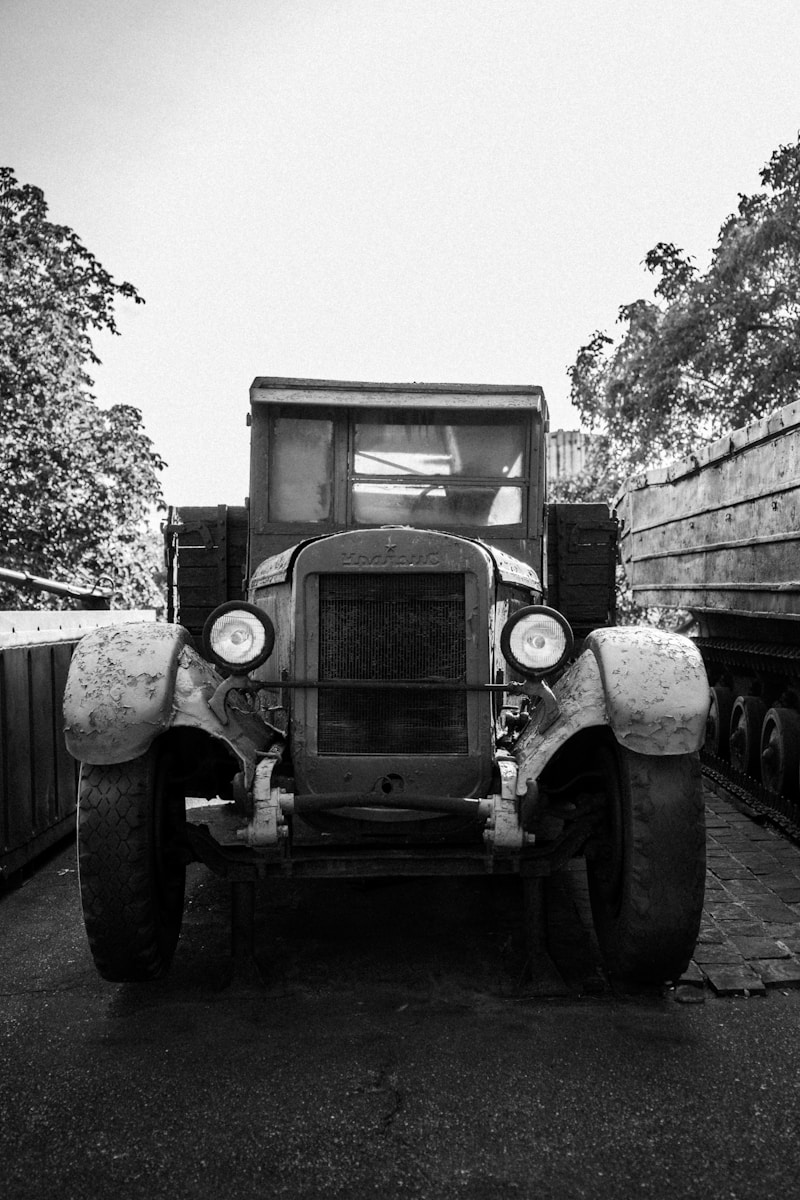
2. **A Relic of War: The 1917 World War I Surplus Truck**: Among the myriad of remarkable vehicles housed within the Campo Feldspar Mill, one particular find serves as a powerful, tangible link to a defining period in global history: a 1917 World War I surplus truck. Its unexpected presence in the tranquil California countryside speaks volumes about the enduring legacy of conflict and the subsequent repurposing of military assets for civilian life. This venerable machine embodies the early 20th-century industrial might and the foundational designs that would evolve into the sophisticated transport systems of today.
The very sight of this truck, almost certainly a veteran of its era, instantly conjures images of the arduous conditions and monumental logistical challenges faced during the Great War. Vehicles such as this were the unsung heroes of the front lines and supply routes, critical for moving troops, equipment, and vital provisions. After the armistice, countless surplus military vehicles were integrated into national economies, playing a crucial role in post-war reconstruction and the expansion of industries across America, thus extending their working lives far beyond the battlefields.
Its current state, nestled amidst other historical artifacts, provides a raw and honest depiction of its journey through time. While the vivid greens or grays of its military paint may be long gone, replaced by the nuanced patinas of rust and age, its robust chassis and purposeful design remain evident. This 1917 truck is more than just metal; it is a silent, stoic sentinel, commemorating a transformative period in history and symbolizing the relentless march of progress, even in a state of tranquil retirement.

3. **Hollywood on Wheels: The 1923 Truck from “The Aviator”**: The Motor Transport Museum’s eclectic collection is not solely comprised of industrial and military stalwarts; it also proudly showcases vehicles that have transcended their utilitarian origins to achieve cinematic fame. A striking example is the 1923 truck that secured a prominent role in Martin Scorsese’s critically acclaimed film, “The Aviator.” This particular vehicle thus bridges the fascinating divide between historical preservation and the captivating illusion of the silver screen, enriching its narrative beyond mere mechanical function.
Its presence in “The Aviator,” a biographical epic chronicling the extraordinary life of aviation and film mogul Howard Hughes, speaks to its authentic period-correctness. Filmmakers meticulously select vehicles that not only visually transport audiences to a specific historical era but also imbue the scene with an undeniable sense of realism. The 1923 truck, with its classic lines and historical gravitas, undoubtedly contributed to the immersive atmosphere of Scorsese’s meticulously crafted cinematic world, becoming a silent, yet powerful, character in its own right.
Unlike the gleaming, often fictionalized vehicles sometimes seen in films, this truck’s inclusion underscores the museum’s role in providing genuine artifacts that lend credibility to historical dramas. For film enthusiasts, encountering a tangible piece of a beloved movie set is an exciting experience, offering a direct, physical connection to the art of filmmaking. It powerfully illustrates how these venerable machines can gain a second life, not just as static exhibits, but as dynamic components of our cultural storytelling.

4. **Engineering Giants: The Hoover Dam AP Mack Dump Trucks**: Among the most visually impactful and historically significant vehicles residing at the Motor Transport Museum are the formidable AP Mack dump trucks, testaments to an era of unparalleled American engineering and monumental construction. Bill, our enthusiastic guide, draws particular attention to one of these colossal machines, noting its rarity as one of only two remaining examples specifically deployed in the construction of the iconic Hoover Dam during the 1930s. This truck represents a critical chapter in the nation’s infrastructural development.
The Hoover Dam project, an epic undertaking of immense scale and complexity, demanded an army of powerful machinery capable of enduring extreme conditions. These robust Mack dump trucks were at the very heart of that effort, relentlessly transporting vast quantities of rock and earth, shaping the raw landscape into an enduring symbol of human ingenuity. The specific truck preserved in Campo offers a stark, unvarnished contrast to its fully restored counterpart, vividly showcasing the relentless wear and tear that defined its working life.
Currently camouflaged in a mesmerizing palette of seventeen different shades of rusty brown and yellow, this Hoover Dam truck has, over decades, gracefully assimilated into its surroundings. It almost perfectly blends with the weathered mill structure behind it and the natural hues of the desert landscape, creating a tableau of organic decay. While its appearance unequivocally speaks of a strenuous past, there is an undeniable, rugged charm in this raw authenticity, making it a powerful, evocative artifact of industrial heritage and a monument to the unyielding spirit that built modern America.

5. **Wartime Workhorse: The 1940 Cincinnati City Bus**: A particularly poignant and illustrative exhibit within the museum’s collection is a two-tone 1940 city bus, its largely intact interior a rare and welcome feature in this landscape of decay. This vehicle offers an illuminating portal into the social fabric of World War II-era America, specifically highlighting its operational service in Cincinnati, Ohio. It played a vital, everyday role in the lives of citizens, ferrying both the general public and essential military personnel around the bustling wartime city.
What makes this particular bus exceptionally insightful is its forward-thinking design, crafted in direct response to the profound societal shifts occurring during the global conflict. Engineered with a semi-automatic transmission and, notably, the complete absence of a clutch pedal, it was intentionally designed for ease of operation by women. This innovative modification was a pragmatic and essential adaptation, recognizing that with most men deployed for military service, women would step up to fill crucial roles in civilian infrastructure, including operating public transportation.
This fascinating detail serves as a powerful historical marker, underscoring the remarkable adaptability and resilience of American society during a period of intense national challenge. It not only celebrates the significant, often underrecognized, contributions of women on the home front but also illustrates how technological innovation was harnessed to meet unprecedented demands. This bus transcends its function as a mere mode of transport; it stands as a tangible symbol of evolving gender roles, societal pragmatism, and collective strength during a truly transformative period in history.
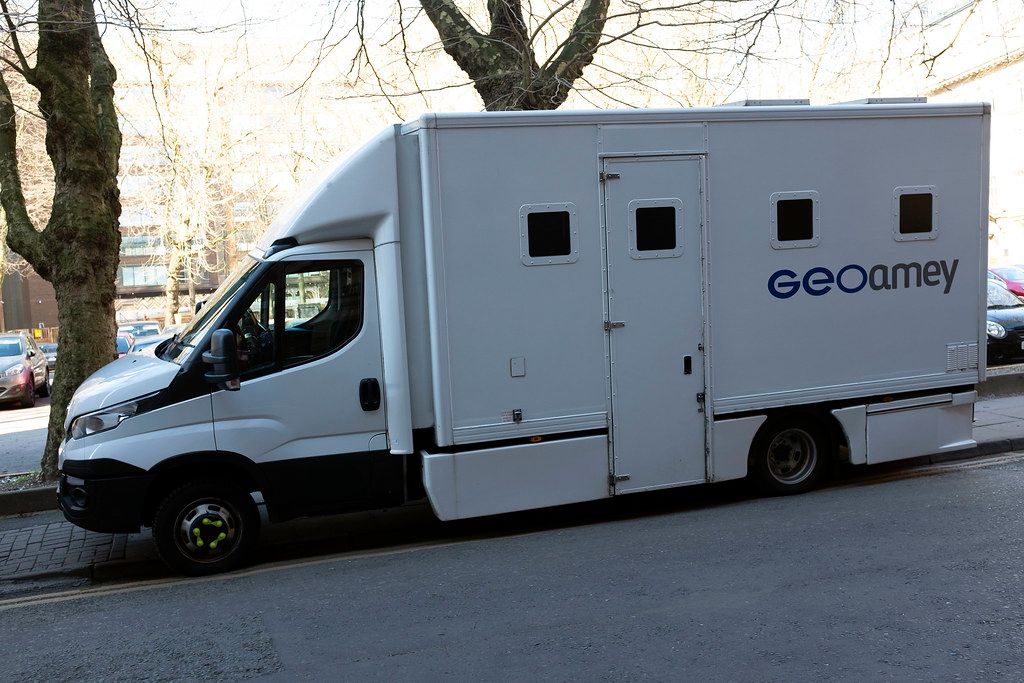
6. **Cinematic Shenanigans: The “Federal Clown Prison” Bus**: Venturing further into the diverse and often whimsical inventory of the Motor Transport Museum, one encounters a truly unique and conversation-starting artifact: a prisoner transportation bus bearing the unexpected, playfully subversive text “Federal Clown Prison” on its side. This peculiar vehicle immediately arrests attention, creating a delightful juxtaposition between the inherently austere function of inmate transport and a touch of theatrical absurdity that sparks immediate curiosity and amusement. It exemplifies the often-surprising narratives hidden within this extensive collection.
This distinctive bus, according to Bryan Butler, a dedicated librarian and one of the museum’s knowledgeable directors, once had its moment in the national spotlight. It reportedly made an appearance in a memorable skit on “The Jay Leno Show,” a detail that instantly elevates its status from a mere decommissioned government vehicle to a bona fide piece of entertainment history. Its association with late-night television humor and celebrity sketches provides a unique cultural layer, showcasing how even the most mundane or utilitarian objects can be dramatically repurposed for comedic or artistic effect.
Adding to its intriguing backstory, the bus bears a suspicious resemblance to one that briefly featured in a 1990s video game commercial, hinting at further, perhaps unconfirmed, media connections that only amplify its mystique. Its inclusion in the museum’s eclectic array vividly underscores the collection’s breadth, embracing not only the serious lineage of transportation but also its lighter, more imaginative moments. This “Federal Clown Prison” bus is a delightful testament to how vehicles can transcend their original purpose, becoming playful characters in our collective cultural memory.
Beyond the sun-baked plains of Southern California, the world of abandoned vehicles extends its reach to other extraordinary collections, each whispering tales of past glory, industrial might, and unexpected cinematic stardom. Our journey now takes us eastward, first to the bustling, entertainment-rich landscape of Branson, Missouri, where the Celebrity Car Museum holds a captivating overflow lot, and then across the Atlantic to the serene, verdant countryside of northern England, where an abandoned mill quietly safeguards a chronological archive of European automotive history. These locations, much like the Campo Feldspar Mill, defy their unassuming exteriors to reveal a trove of vehicular treasures, each a testament to human ingenuity and the enduring power of storytelling, whether on the open road, the silver screen, or within the quiet embrace of time.
Here, we uncover six more remarkable vehicles and collections, ranging from the adrenaline-fueled machines of Hollywood blockbusters to the stately elegance of European classics, all found in settings that elevate their status from mere metal to profound cultural artifacts. Prepare to delve into the fascinating narratives behind these forgotten giants and cherished designs, as we continue our exploration of the hidden wonders nestled within abandoned structures and forgotten lots, each echoing with the echoes of a vibrant past.
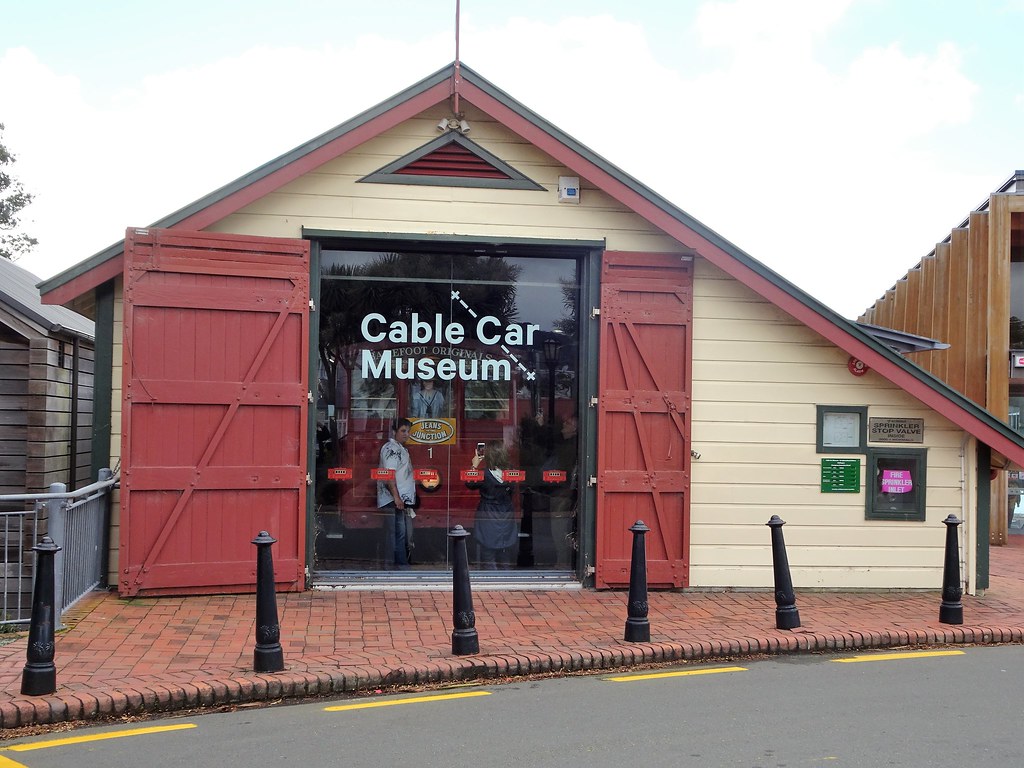
7. **The Celebrity Car Museum Overflow: A Cinematic Boneyard in Branson, Missouri**: Venturing into the world of movie cars often evokes images of meticulously preserved, gleaming machines showcased under bright lights. However, the overflow lot of the Celebrity Car Museum in Branson, Missouri, offers a refreshingly raw and authentic glimpse into the post-production lives of these cinematic stars. Guided by Dev Drives, the museum’s owner and curator, this extensive collection reveals a fascinating array of vehicles that once graced the big screen, now resting in various states of cinematic retirement, awaiting their next act or simply relishing their storied past.
This hidden trove, far from the polished exhibits, serves as a poignant reminder that even the most famous props eventually return to a more terrestrial existence. It’s a place where the magic of filmmaking collides with the reality of preservation, showcasing a diverse lineup that transcends mere transportation to become tangible fragments of our shared cultural narrative. Each car here, with its unique patina of on-screen adventures and off-screen wear, holds a silent testimony to the countless hours of storytelling it helped bring to life, offering an intimate connection to the films that defined generations.

8. **John Cena’s Mustang Fox Body: A ‘Fast & Furious’ Legacy**: Among the electrifying roster of vehicles at the Celebrity Car Museum’s overflow lot, a particular Mustang Fox Body stands out, boasting a direct connection to one of cinema’s most enduring and high-octane franchises: *Fast & Furious*. This car, featured prominently in *Fast & Furious 9* (2021) and *Fast X* (2023), was the designated ride of John Cena’s character, Jacob Toretto, offering a compelling visual counterpoint to Vin Diesel’s iconic Chargers. It symbolized the duality between the two on-screen brothers, each embracing a different facet of American muscle.
The inclusion of this Mustang underscores the meticulous detail filmmakers employ to craft character identity through their vehicles. The Fox Body, with its distinctive profile, not only anchored Cena’s character within the narrative but also paid homage to a beloved era of American automotive design, resonating deeply with enthusiasts. Seeing it in its post-filming state provides a unique perspective on the journey of a prop, from its conceptualization as a character statement to its eventual repose as a piece of cinematic history, bearing the subtle marks of its on-screen battles and triumphs.
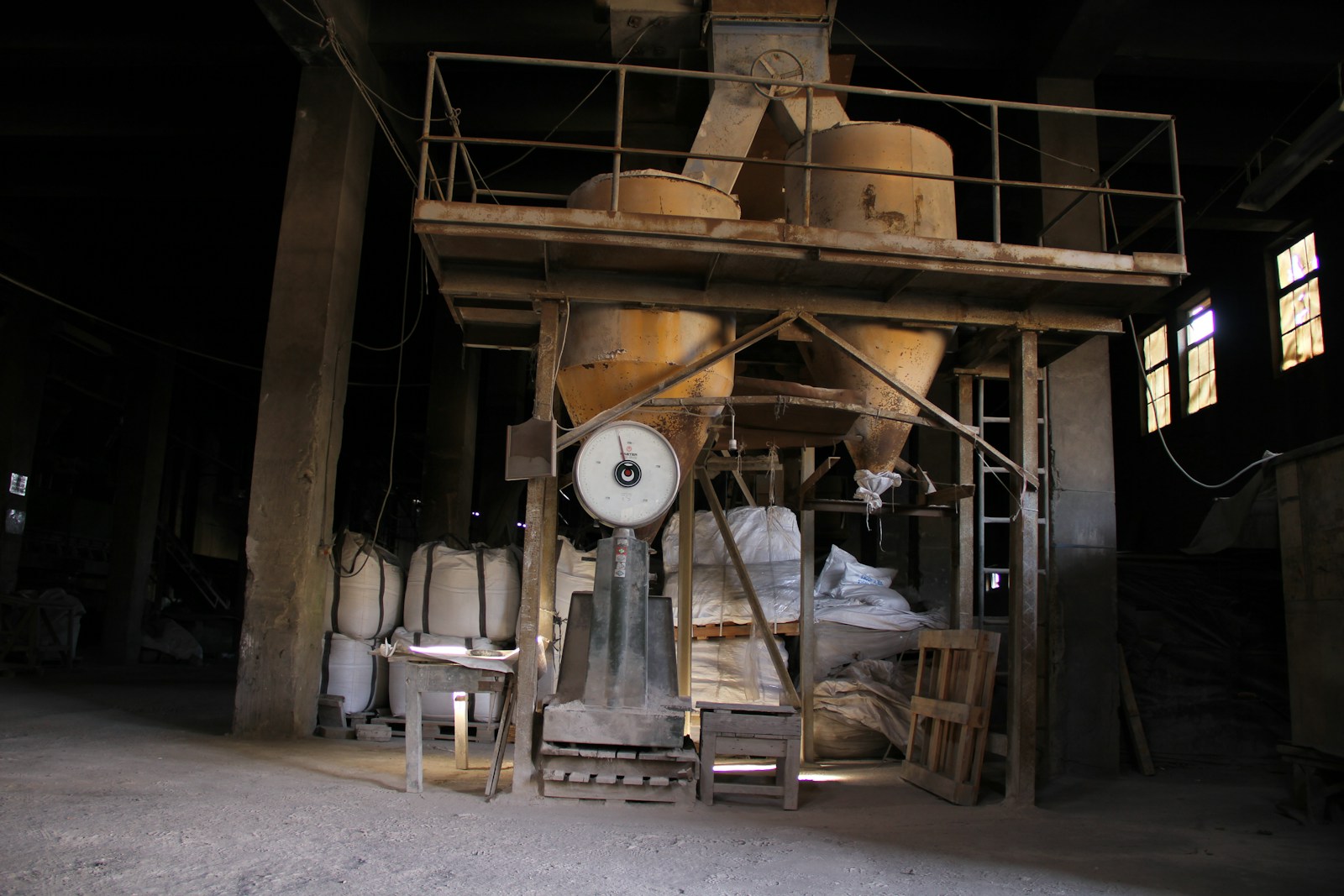
9. **The Abandoned English Mill: Motors & Miniatures’ Uncurated Automotive Archive**: Across the vast expanse of the Atlantic, nestled within the quiet, industrial remnants of northern England, an abandoned mill—now affectionately known as Motors & Miniatures—unveils a contrasting yet equally compelling automotive treasure trove. This building, once a bustling industrial hub that closed in the 1980s, has shed its machinery to become an unexpected sanctuary for a chronological tableau of classic cars, bric-a-brac, and forgotten miniature worlds. It’s an uncurated museum, where time and nature have collaborated to bestow a unique patina upon its inhabitants.
The ground floor, a large single-story building with a distinctive sawtooth roof, meticulously charts a fascinating picture of decay, spanning from the 1920s to the 1980s. Here, amidst moss and ferns, lie the oldest residents: three 1920s/1930s Citroëns, their original paint long faded into hues of rust. These early pick-up style bodies, including a potential Citroën B14/B15 and a later AC4, offer a stark visual representation of early European automotive design. Adjacent to them are a 1959-1962 Ford 500E Popular and the truncated front of a 1950s Panhard Dyna, each contributing to a captivating narrative of historical evolution and the gradual reclaiming of metal by the elements.
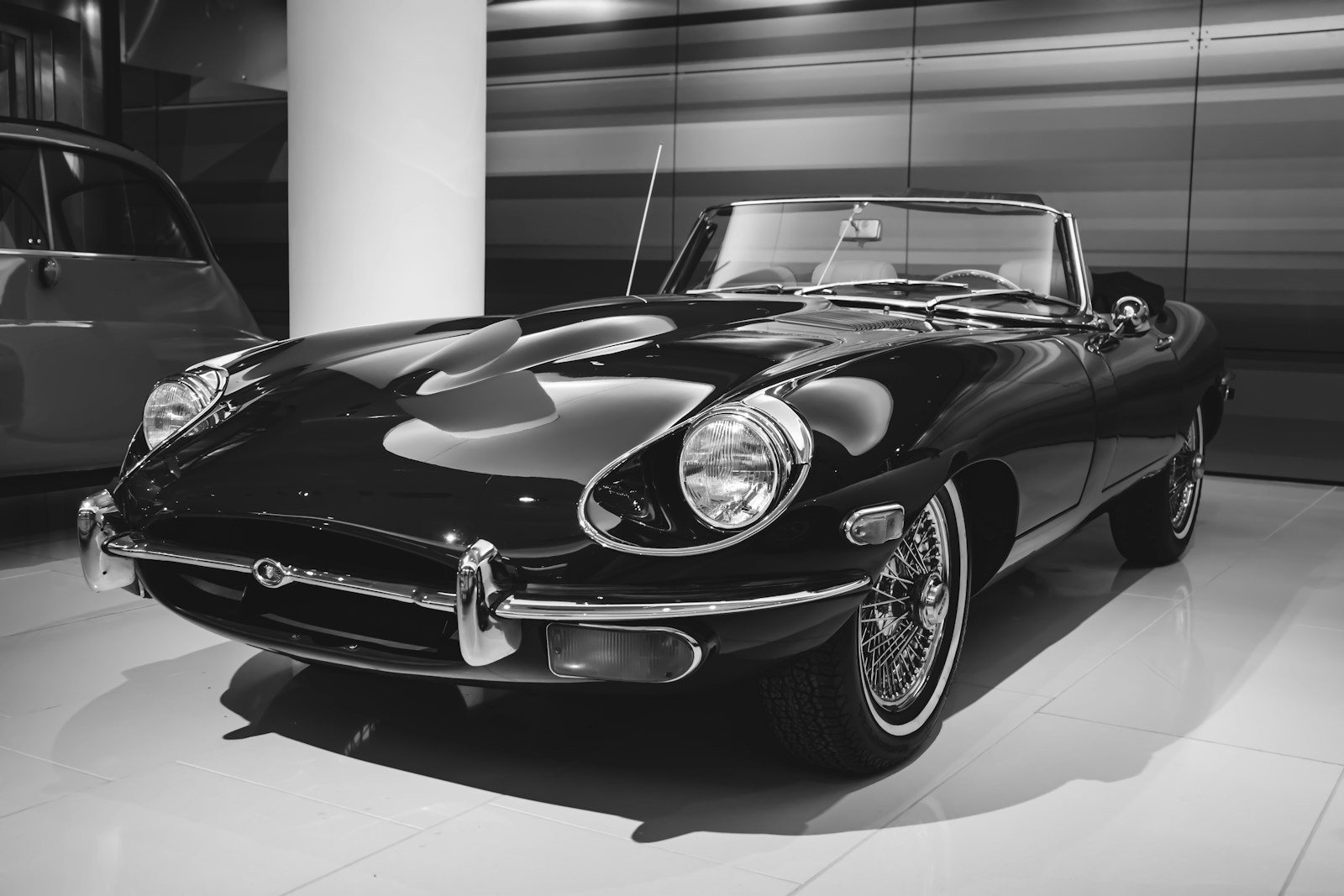
10. **The English Mill’s Jaguar Duo: Timeless Icons Frozen in Time**: As one navigates through the closely packed rows of cars mostly from the 1970s and 1980s within the English mill, the collection culminates in a trio of more recently worked-on and seemingly valuable models. Among these, a striking pair of Jaguars command attention, representing the pinnacle of British automotive artistry: a black 1959–1967 Jaguar Mark 2 and a red 1961–1974 Jaguar E-Type. Their presence here, within the decaying confines of an old industrial building, speaks volumes about the enduring allure and historical significance of these iconic machines, even as they await their next chapter.
The Mark 2, with its hood removed to expose the intricacies of its engine, offers a candid glimpse into its mechanical heart, while the E-Type, dramatically poised on blocks in mid-tyre change, appears frozen in a moment of perpetual anticipation. These Jaguars are more than just classic cars; they are symbols of an era of sophisticated design and engineering, their powerful lines and luxurious appeal undiminished by their current, unglamorous surroundings. They serve as a powerful testament to the mill’s role as a protector of automotive heritage, holding within its aged walls the dreams of speed, elegance, and a bygone automotive golden age.
Our journey through these abandoned-looking mills and overflow lots has unveiled a spectacular tapestry of automotive history, from the utilitarian workhorses of wartime and monumental construction to the glamorous stars of Hollywood and the elegant classics of Europe. Each vehicle, whether rusted and forgotten or poised for restoration, tells a unique story, enriching our understanding of human innovation, cultural shifts, and the relentless march of time. These silent custodians of our past remind us that even in apparent abandonment, there exists a profound beauty and an enduring legacy, waiting for those with keen eyes and curious hearts to discover.



